An Enjoyable Urban Hike Through Denver’s Favored Park, Wash Park
If you were to say, “Where’s Washington Park?” to someone in Denver, you’d get a few screwy looks. Although officially named after our first president, locals have abbreviated these two neighborhoods to Wash and West Wash Park. In Wash Park neighborhood is the park, Wash Park, not to be confused with the neighborhood’s name of Wash Park.
The Park itself started as a field in incorporated South Denver, an area created to escape the immoral and inappropriate behavior of its sister city to the north, Denver. As with most things in Denver, visions and dreams came along. First, John Smith financed a ditch from the Platte River to supply water to the area, ultimately creating Wash Park’s first pond, Smith Lake. The ditch became “City Ditch” and flows all the way to City Park.
Shop Exclusive Patagonia Gear today + Free Shipping on orders of $75 or more!
Mayor McMurray saw Smith Lake, envisioned a beautiful park, and Wash Park was on its way. Park creator, Reinhardt Schuetze, drew pretty pictures of lush, shady areas with two additional ponds (Grasmere Lake and Lily Pond), and Wash Park got its first Russian Olive trees. The first superintendent, John B Lang, soon followed the designs of the 1899 masterpiece. He transplanted trees and shrubs from the mountains and named Grasmere Lake after the Lake District in England. Soon, bathers arrived, separated by a rope delineating the women’s side from the men’s, and JJ Benedict added the pavilion and boathouse in 1913.
Two ‘Hoods Sharing a Park, Kinda
Spanning from E Alameda to the north, I25 to the south, S Broadway to the west and S University to the east, these two neighborhoods meet in the middle at S Downing St. If Wash Park is the residential and recreational side of the area, then West Wash is the shopping and entertainment section. But both neighborhoods have cottages and mansions, and both claim Wash Park, the park, as their local getaway.
To learn about the history of the lakes, the buildings and the artwork, buy my book Discovering Denver Parks.
Wash Park, the park, invites walkers, runners, skaters and bikers in a rigid and controlled system of lanes and paths. Step in the wrong path at the wrong speed, and the locals will let you know your error. The park has acres and acres of open space for volleyball, sunbathing, frisbee and outdoor fun. Formal gardens welcome you in the spring and summer, along with paddle boarding and kayaking on the lakes. In the wintertime, if it ever gets cold enough again, you can throw on your ice skates or attach your cross country skies for miles of escape. As an interesting note: the lakes used to separate the men from the women when bathing suits were adorned!
South High School Dominates the Southern Edge
South High School commands the southern end of the area. Once known for its “southern charm,” it’s now known as the one of the country’s most beautiful high schools. With ornate frescoes and facades and a giant football field, this school is here to stay and welcomes all who enter.
The Same, But Different Neighborhoods and Associations
To learn about the history of the lakes, the buildings and the artwork, buy my book Discovering Denver Parks.
Although both neighborhoods have many similarities, they do maintain separate homeowners associations. West Wash has been instrumental, over time, in closing roads and protecting the safety and sanctity of its neighborhoods. Wash Park’s association (called East Wash Park Neighborhood Association), on the other hand, has hearkened back to its Myrtle Hill roots. Focusing on a progress and preservation theme, the Association concentrates on making sure the renovations and growth in and around the neighborhood and its park are appropriate.
Some exciting things to look for in the park include beautiful artwork, historic gardens, significant buildings, and interesting playgrounds. The urban hike below takes you by the don’t-miss items of the neighborhood, including the famous “Wynken, Blynken, and Nod” statue.
The Route:
Take this urban hike through the neighborhoods of West Wash Park and Wash Park and the park itself, Wash Park. You’ll walk about 3 miles if you do this particular route. Click here to see the route, map, and turn by turn directions.
Start at 1059 S Gilpin. Walk south to E Mississippi and then take a right at S Race Street. Pass what was once Myrtle School and then became Washington Park School. It’s now condominiums and inside, they’ve maintained some of the original school character. Pass the United Methodist Church, built in 1919, and take a right on E Arizona.
At the corner of Arizona and Franklin, notice the charming roof line and style of homes at the NE corner.
Walk south through the park, exiting the park, crossing E Louisiana and walk east toward the entrance to South High School. Admire the artwork on the entry and the facade.
Walk back to Louisiana, crossing at the light at S Franklin back into the park. Walk around to the west side of the Grasmere Lake. Cross S Downing St into West Wash Park and head north. Admire the wonderful home built by a ship’s architect on the west side of the street between Arizona and Tennessee.
To learn about the history of the lakes, the buildings and the artwork, buy my book Discovering Denver Parks.
At Tennessee, take a left. Take a right at S Ogden St. Take a right at E Ohio, then a left onto Franklin again. Cross the street back into the park, then head north on the inner loop toward Smith Lake.
Pass the traditional gardens, which are in full bloom in the spring and summer. Head toward the old Whitehead Farm. This farmhouse and its field are now a maintenance garage for Denver Park and Rec and outdoor facilities for park users.
Shop Exclusive Patagonia Gear today + Free Shipping on orders of $75 or more!
Walk toward the SE corner of the lake and notice the small home on the east side of the street and the white statue. The house, originally owned by Eugene Field, was moved here from Colfax with funds raised by Molly Brown (See CapHill.) The statue, created by Sculptor Mabel Landrum Torrey, is a marble interpretation of Field’s best known poem, “Wynken, Blynken, and Nod,” and is north of the house.
Walk south through the park, taking a left on E Kentucky. Take a right on S Williams St, take a right on E Tennessee, and then a left on Gilpin, returning back to your start.
Walking Wash Park and Supporting Denver By Foot
If you’ve enjoyed this walk, maybe you’ll enjoy some other walks curated by Denver By Foot.
Follow us on Instagram and Facebook to keep updated with new hikes and adventures.
Thank you so much!
See you on the trail
~Chris

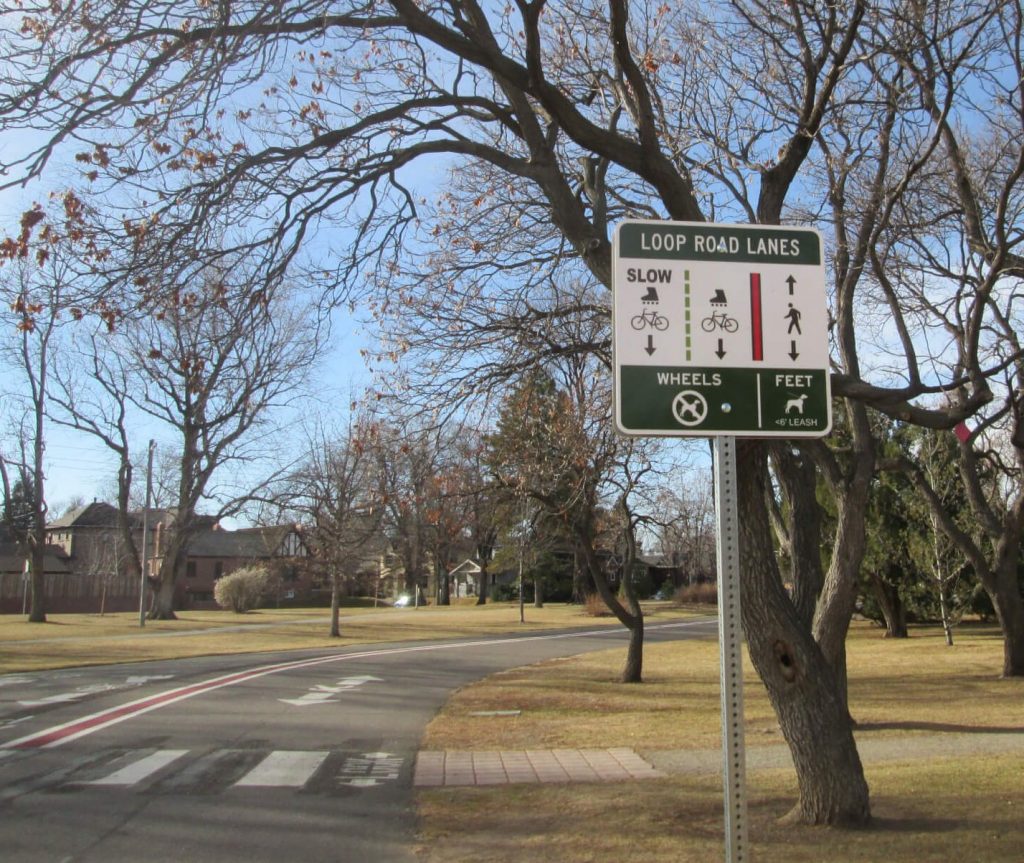
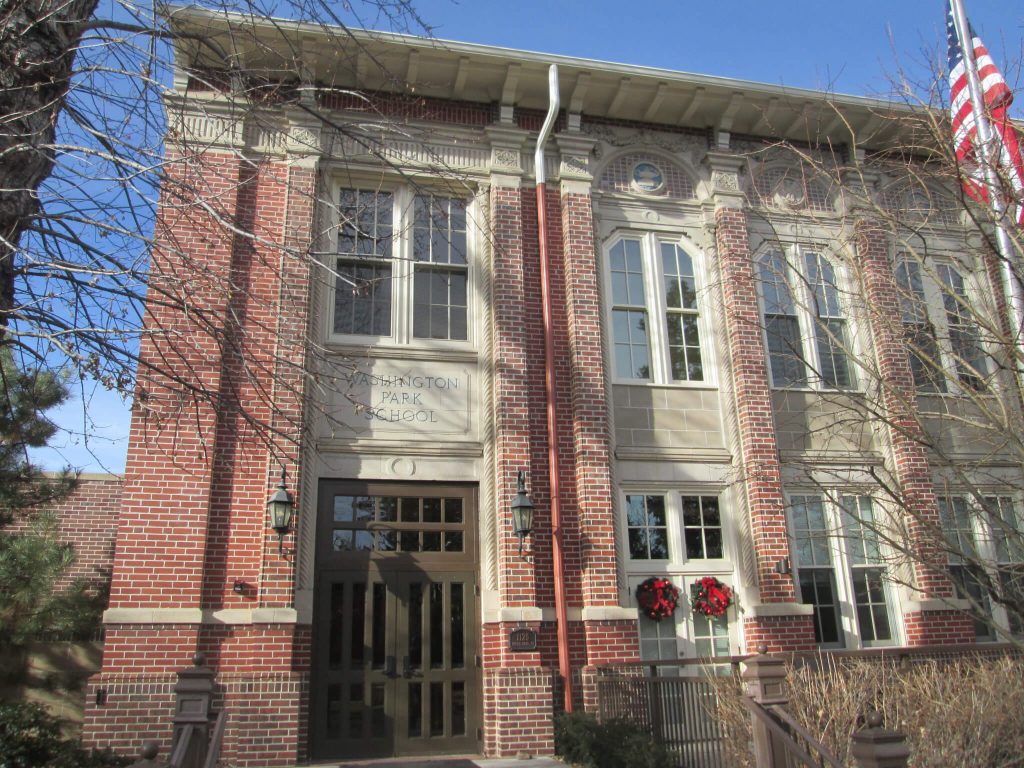
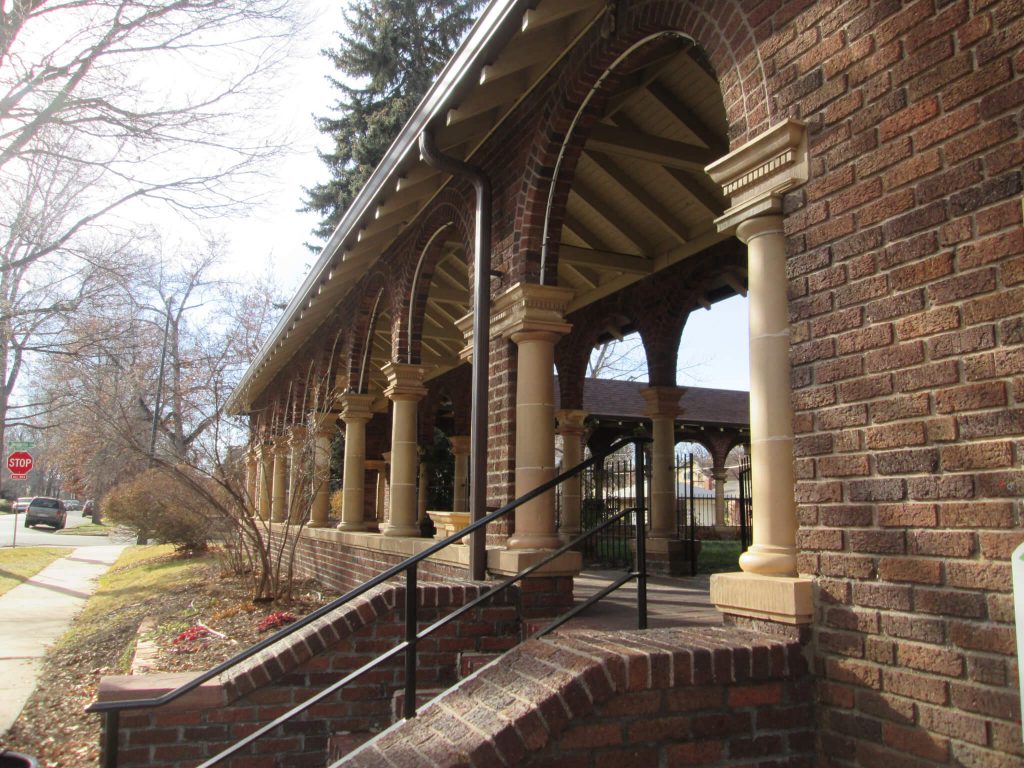

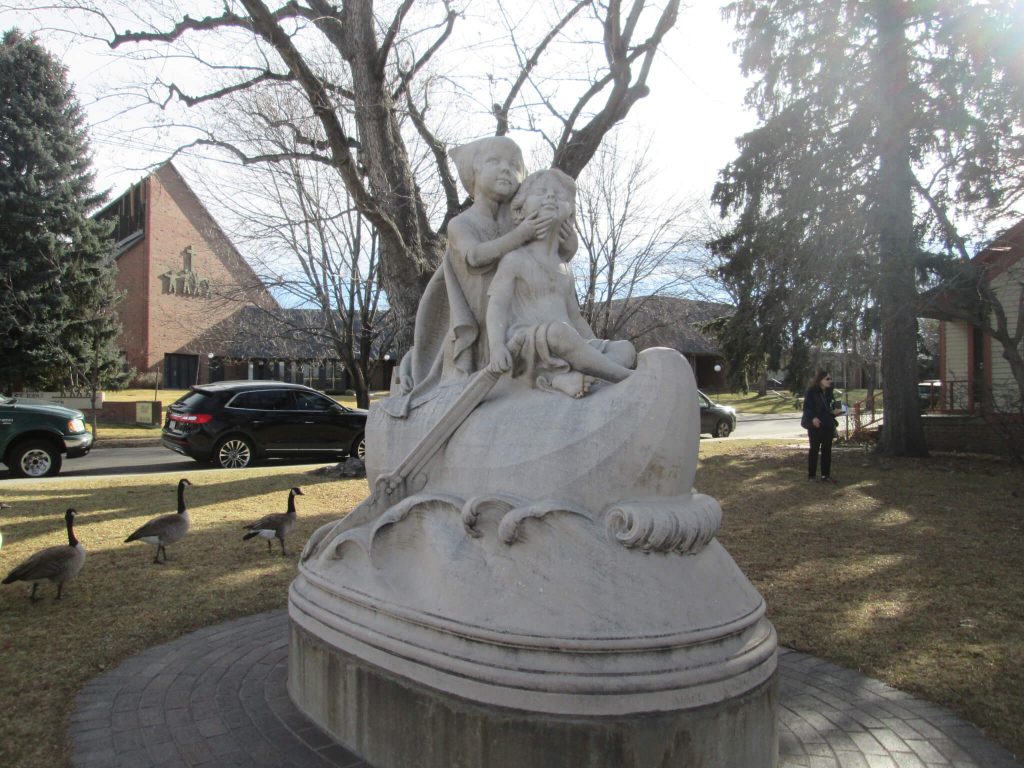
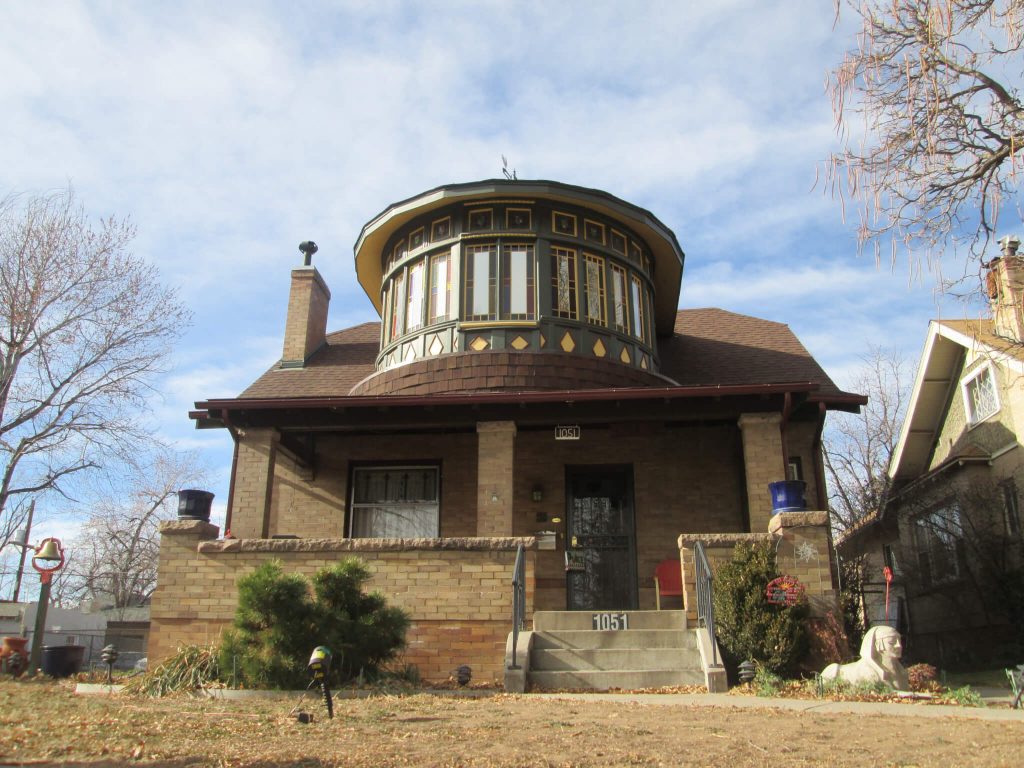

Trackbacks/Pingbacks